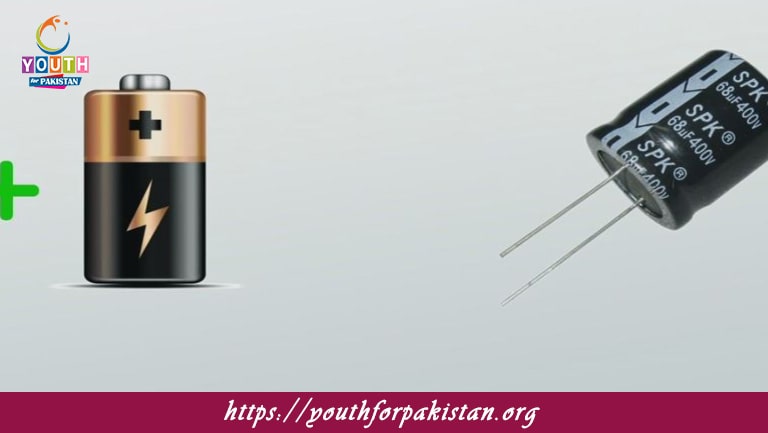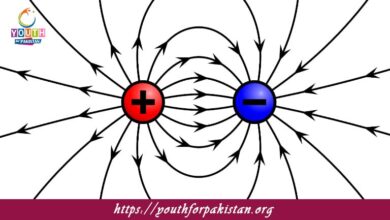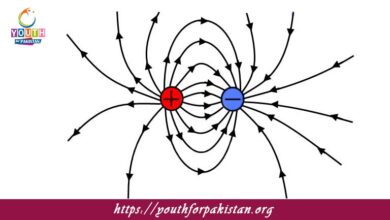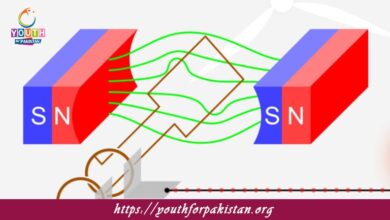Capacitance Of A Capacitor And Its Unit MDCAT Quiz with Answers

Capacitance Of A Capacitor And Its Unit MDCAT Quiz is a measure of a capacitor’s ability to store charge per unit voltage. It is defined as the ratio of the charge stored on a capacitor to the potential difference (voltage) across its plates. Capacitance is a fundamental property that determines how much energy a capacitor can store for a given voltage.
Applications of Capacitance
Energy Storage: Capacitors store energy in the form of an electric field. The greater the capacitance, the greater the energy that can be stored by the capacitor for a given voltage.
Power Filtering: In power supply circuits, capacitors are used for the filtering and smoothing of voltage fluctuations by storing and releasing energy.
Timing Circuits: Together with resistors, capacitors are used in RC circuits to create timing and delay control.
Tuning: Variable capacitors are used in radio and communication equipment to tune circuits to different frequencies.
MDCAT Quiz: Capacitance of a Capacitor
The MDCAT Quiz on Capacitance typically contains questions about the calculation of capacitance of capacitors in various configurations, such as series and parallel, finding how dielectrics affect capacitance, and solving for energy stored in capacitors. Such questions are designed to test a student’s understanding of the interrelation among charge, voltage, and capacitance, and how this knowledge is applied in real life in electrical systems.
- Test Name: Capacitance Of A Capacitor And Its Unit MDCAT Quiz
- Type: Quiz Test
- Total Questions: 30
- Total Marks: 30
- Time: 30 minutes
Note: Answer of the questions will change randomly each time you start the test, once you are finished, click the View Results button.
Free Flashcards for Capacitance
Free flashcards for capacitance would help students fast memorize important formulas,
The effects of dielectric materials on capacitance.
These flashcards will help MDCAT students in the concept-building process and also enhance their problem-solving skills for exams.
Experience the real exam environment with our expertly designed collection of over 25,000 MCQs MDCAT Mock Tests.






